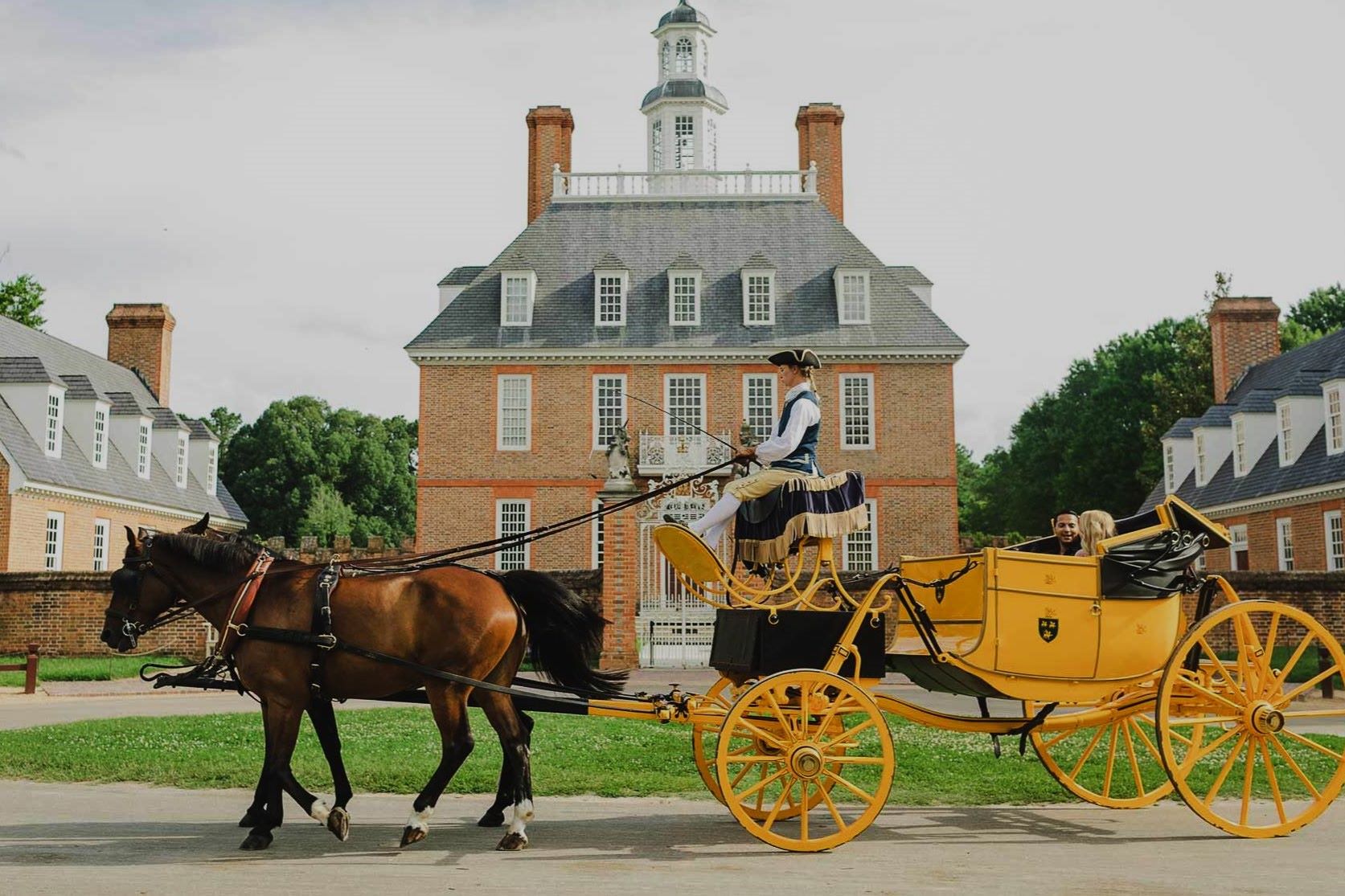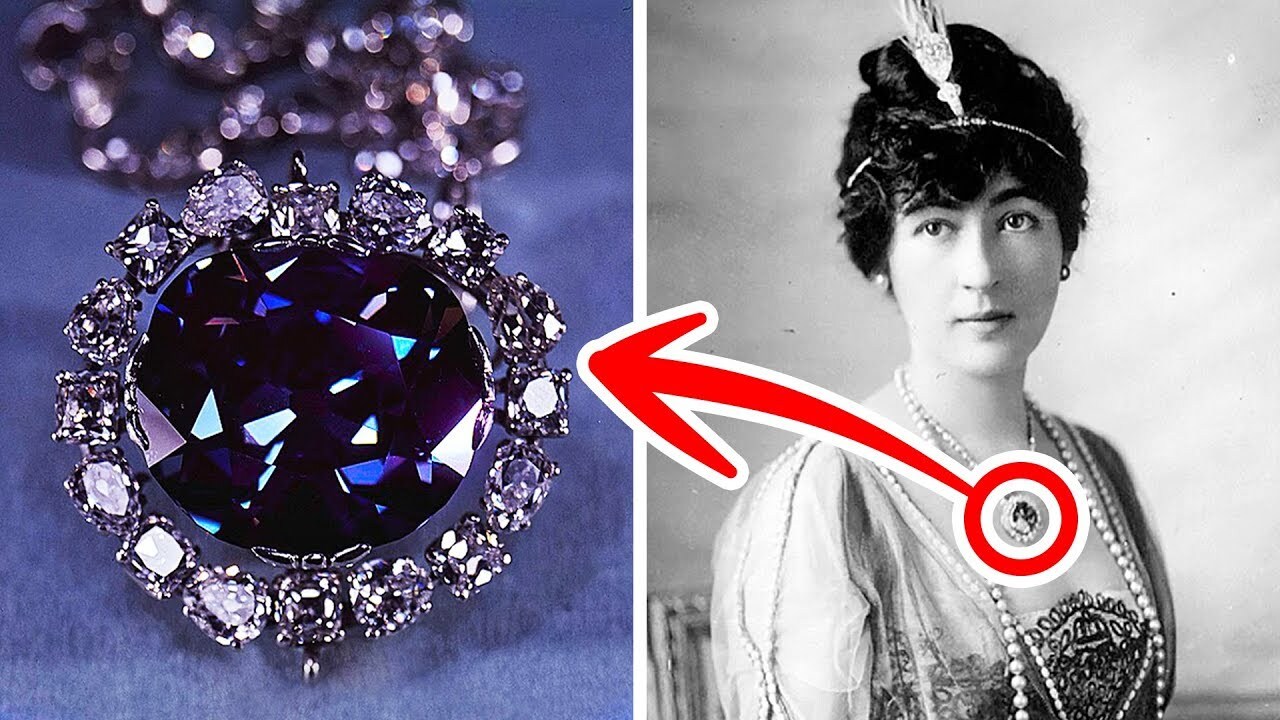
Colonial Williamsburg is a living history museum that transports visitors back to the 18th century. Why should you care about Colonial Williamsburg? Because it offers a unique glimpse into America's past, showcasing the daily lives, struggles, and triumphs of early settlers. This meticulously restored town features original buildings, costumed interpreters, and interactive exhibits that bring history to life. Whether you're a history buff, a student, or just curious about the past, Colonial Williamsburg provides an engaging and educational experience. Ready to step into a time machine and walk the cobblestone streets of colonial America? Let's dive into 35 fascinating facts about this historic gem!
Key Takeaways:
- Colonial Williamsburg, founded in 1926, brings 18th-century America to life with historical buildings, trades, and cultural experiences. It played a crucial role in the American Revolution and continues to preserve its rich history.
- Visitors to Colonial Williamsburg can experience daily life in the 18th century, witness skilled tradespeople at work, and explore the vibrant cultural and social aspects of the era. The foundation works tirelessly to preserve and restore this living history museum.
The Birth of Colonial Williamsburg
Colonial Williamsburg is a living-history museum and private foundation presenting part of a historic district in the city of Williamsburg, Virginia. It brings the 18th century to life, offering a glimpse into America's past.
- Colonial Williamsburg was established in 1926 by Reverend Dr. W.A.R. Goodwin and John D. Rockefeller Jr.
- The area covers over 301 acres, including 88 original 18th-century structures.
- It was the capital of the Colony of Virginia from 1699 to 1780.
- The restoration project began with the purchase of the Ludwell-Paradise House.
Historical Significance
The historical importance of Colonial Williamsburg cannot be overstated. It played a crucial role in the American Revolution and the formation of the United States.
- The Capitol building hosted the Virginia General Assembly, the oldest legislative body in the Western Hemisphere.
- Patrick Henry delivered his famous "Give me liberty, or give me death!" speech here.
- The Declaration of Independence was read aloud from the steps of the Capitol in 1776.
- Williamsburg was a center for political activity and debate during the Revolutionary War.
Architectural Marvels
The architecture of Colonial Williamsburg is a testament to the craftsmanship and design of the 18th century. Many buildings have been meticulously restored or reconstructed.
- The Governor's Palace, originally built in 1706, was reconstructed in the 1930s.
- Bruton Parish Church, established in 1674, is still an active Episcopal church.
- The Raleigh Tavern was a popular gathering place for Virginia's political leaders.
- The Wren Building at the College of William & Mary is the oldest college building still in use in the United States.
Daily Life and Trades
Colonial Williamsburg offers a unique opportunity to experience daily life as it was in the 18th century. Skilled interpreters demonstrate various trades and crafts.
- Blacksmiths, coopers, and carpenters work using traditional methods.
- The historic area includes a working farm with heritage breeds of animals.
- The apothecary shop showcases 18th-century medical practices.
- Visitors can see how colonial gardens were planted and maintained.
Cultural and Social Aspects
The cultural and social life of Williamsburg was vibrant and diverse. It was a melting pot of ideas, traditions, and people.
- The city had a diverse population, including free and enslaved African Americans.
- Taverns were central to social life, offering food, drink, and entertainment.
- The DeWitt Wallace Decorative Arts Museum houses a vast collection of period artifacts.
- Music and dance were integral parts of colonial celebrations and gatherings.
Education and Learning
Education was highly valued in colonial Williamsburg. The College of William & Mary played a significant role in the intellectual life of the colony.
- The college was founded in 1693, making it the second-oldest institution of higher education in the United States.
- Thomas Jefferson, James Monroe, and John Tyler are among its notable alumni.
- The Brafferton building was used to educate Native American boys.
- The Williamsburg Bray School was one of the earliest schools for African American children.
Military History
Williamsburg's military history is rich and varied. It was a strategic location during the Revolutionary War.
- The city was occupied by British forces in 1781.
- The Magazine stored arms and ammunition for the Virginia militia.
- The Yorktown Victory Center, nearby, commemorates the last major battle of the American Revolution.
- The Fife and Drum Corps performs traditional military music.
Modern-Day Colonial Williamsburg
Today, Colonial Williamsburg is a popular tourist destination and educational resource. It continues to evolve while preserving its historical roots.
- Over one million people visit Colonial Williamsburg each year.
- The foundation offers various educational programs and workshops.
- The area includes modern amenities like hotels, restaurants, and shops.
- Special events, such as reenactments and festivals, are held throughout the year.
Preservation and Restoration
Preserving the history and integrity of Colonial Williamsburg is an ongoing effort. The foundation works tirelessly to maintain and restore the historic area.
- The Colonial Williamsburg Foundation was established in 1928 to oversee the restoration.
- Archaeologists and historians continually work to uncover new information and artifacts.
- The foundation relies on donations and memberships to fund its preservation efforts.
The Heart of Colonial Williamsburg
Colonial Williamsburg offers a rich tapestry of history, culture, and education. Walking through its streets, you get a glimpse of life in the 18th century. From the meticulously restored buildings to the engaging reenactments, every corner tells a story. The dedication to preserving this slice of American history is evident in every detail. Whether you're a history buff or just curious, there's something for everyone. The interactive experiences make learning fun and memorable. Plus, the artisans and craftsmen showcase skills that have been passed down through generations. Visiting Colonial Williamsburg isn't just a trip; it's a journey back in time. You'll leave with a deeper appreciation for the past and its impact on the present. So, next time you're planning a trip, consider stepping into history. Colonial Williamsburg awaits, ready to share its stories and secrets with you.
Frequently Asked Questions
Was this page helpful?
Our commitment to delivering trustworthy and engaging content is at the heart of what we do. Each fact on our site is contributed by real users like you, bringing a wealth of diverse insights and information. To ensure the highest standards of accuracy and reliability, our dedicated editors meticulously review each submission. This process guarantees that the facts we share are not only fascinating but also credible. Trust in our commitment to quality and authenticity as you explore and learn with us.


